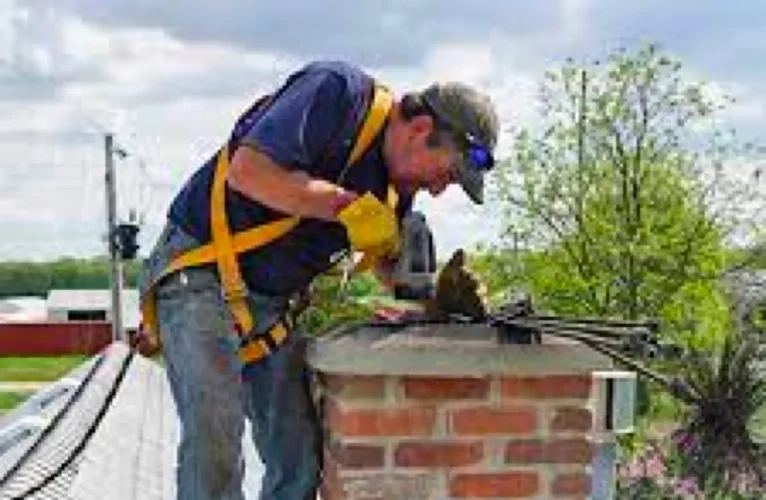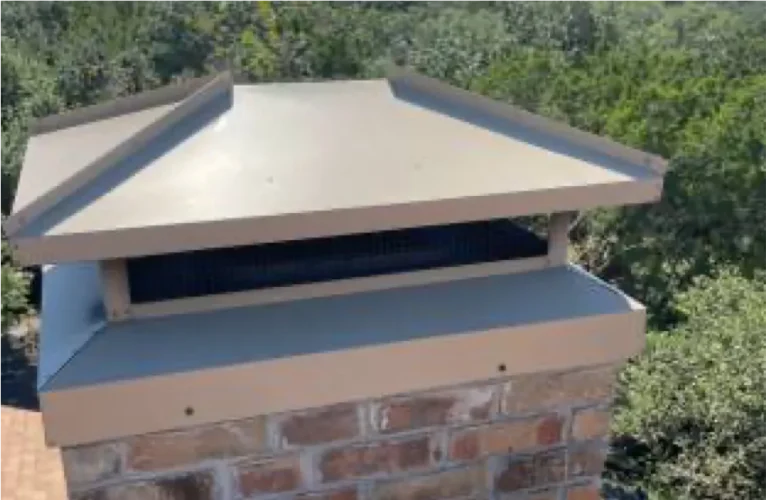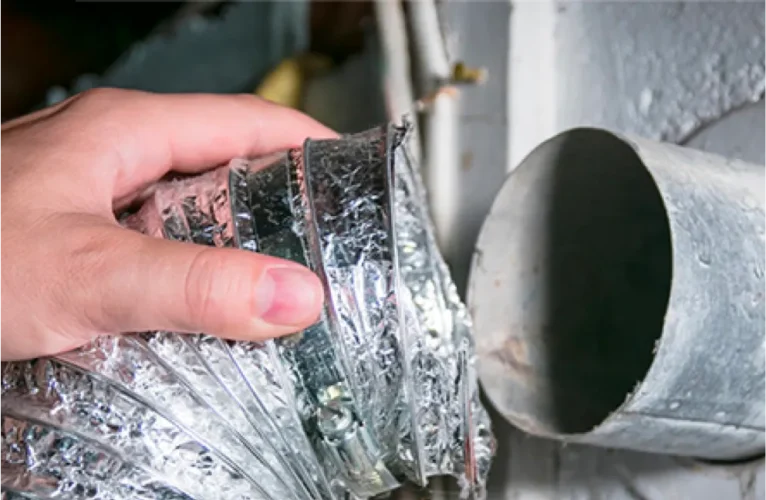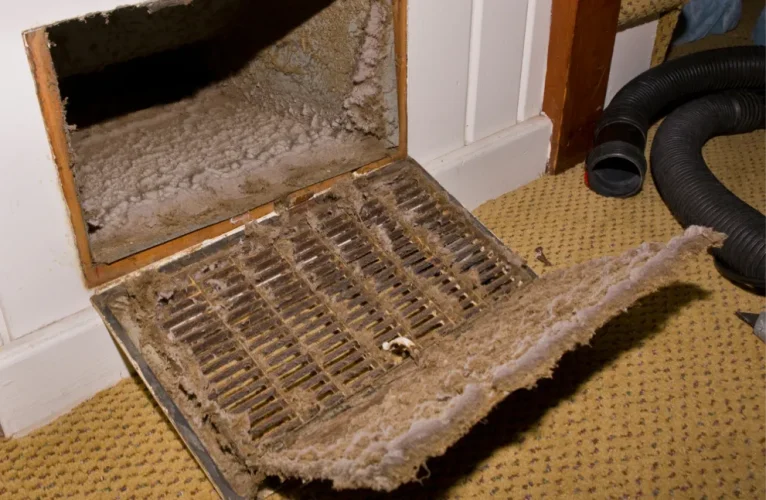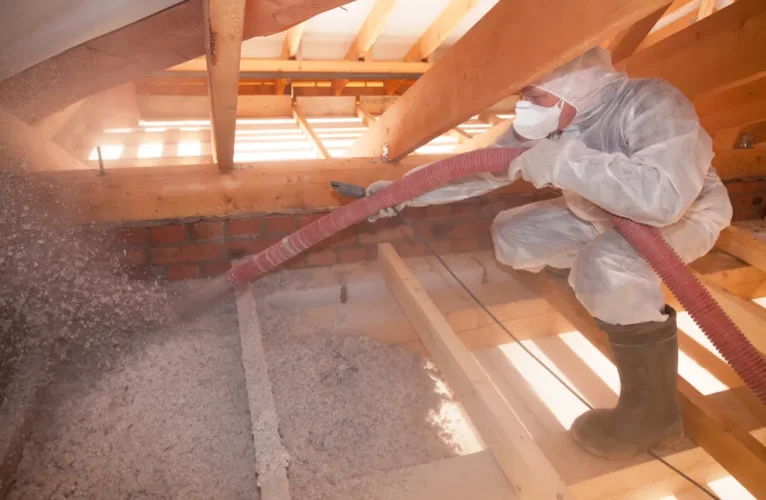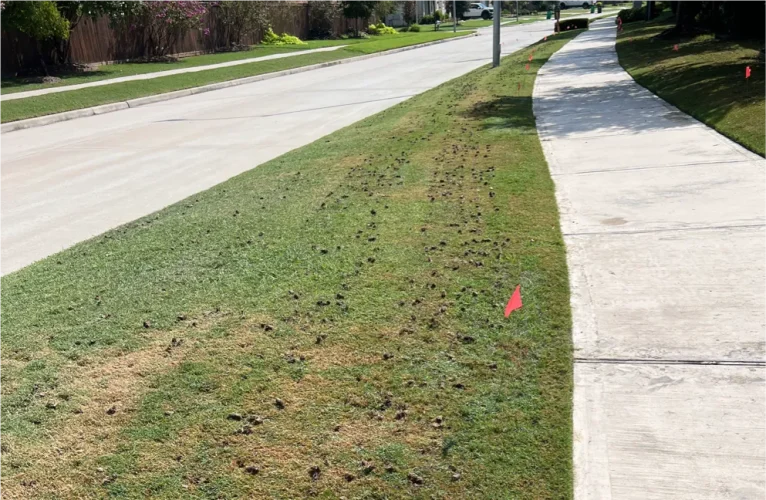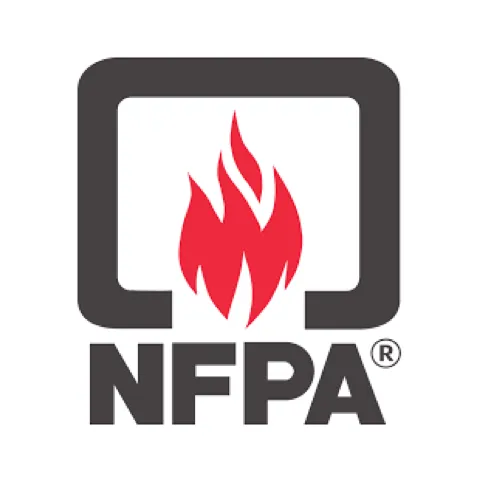Blown-In Insulation and Removal
Blown-in insulation is known for its ability to fill gaps and provide excellent coverage, reducing energy costs. Removal services ensure a clean, efficient process when updating or replacing insulation. Both services help improve energy efficiency, indoor comfort, and reduce utility expenses.
Blown-In Insulation
Blown-in insulation, also known as loose-fill insulation, is essentially what it sounds like – insulation material installed by blowing it into place. Using this approach allows for efficient coverage in areas where other types of insulation may be difficult to install, such as attics, walls, or other confined spaces.
The beauty of blown-in insulation lies in its efficiency. Made from loose fibers or fiber pellets, these materials are pneumatically blown into the desired space. The versatility of blown-in insulation can be seen in the multiple materials it’s composed of, including fiberglass, cellulose, or mineral wool—all fantastic insulators.
Types of Blown-In Insulation Materials
Fiberglass: Contains tiny glass fibers, fire-resistant and safe if inhaled.
Cellulose: Made from recycled paper, treated with chemicals to resist fire, insects and mold.
Mineral Wool: Made from a combination of minerals and recycled industrial waste. Resistant to fire and high temperatures.
These varied materials offer different performance and cost due to their distinct features, making the decision between them significant for homeowners seeking to maintain a comfortable living space.
Blown-in insulation provides numerous benefits when used effectively. Its ability to conform to most shapes and fill small gaps makes it an excellent choice for thorough sealing in the structural components of your house. Not only does it create a tight air barrier but it also has more consistent coverage than batts. This consistency eliminates gaps that can lead to a decrease in energy efficiency.
Benefits of Blown-In Insulation
When it comes to keeping your home comfortable and saving money in the long run, blown-in insulation offers several compelling benefits that are hard to overlook.
Energy Efficiency
One of the biggest advantages of blown-in insulation is its superior energy efficiency. By creating a barrier that maintains consistent indoor temperatures, this type of insulation reduces the workload on your heating and cooling systems. The layer of blown-in insulation keeps warm air in during cold months and out during hot months, ultimately resulting in more regulated indoor temperatures and less reliance on heating and cooling systems. This not only saves money but also reduces your carbon footprint by cutting back on overall energy consumption. So, wouldn’t you love to impact both these areas without much effort?
The best part about better energy efficiency due to blown-in insulation is that it is an investment that keeps giving back. With lower utility bills, you can recoup your initial investment over time, and homes with better energy efficiency tend to have higher property values too!
Sound Absorption
In addition to its insulating properties, blown-in insulation serves as an effective sound damper, absorbing sound waves and creating a quieter living environment. It effectively minimizes noise transmission from one area to another, ensuring you can enjoy your space without being constantly bothered by external sounds.
Imagine how wonderful it would be to enjoy some peace and quiet within your home, regardless of what’s happening outside! Whether you’re working from home or simply relaxing after a long day, reduced sound transmission can significantly enhance your quality of life.
Improved R-Value
Blown-in insulation offers better thermal resistance compared to traditional batt insulation due to its higher R-values. This leads to improved insulation performance for structures equipped with blown-in insulation, ensuring that your home remains comfortable throughout the year while driving down energy costs.
Reflecting on improved R-value illustrated: The bolstered thermal resistance enables you to keep the elements at bay and fosters a comfortable and livable environment indoors—no matter what nature has planned outside.
These exceptional benefits make blown-in insulation an exemplary choice for elevating energy efficiency while enhancing acoustic comfort and thermal performance within your home.
Procedure for Installing Blown-In Insulation
Preparation: Before proceeding with the actual installation, it’s crucial to identify and address any issues in the insulation area. This involves checking for existing insulation problems, air leaks, and moisture issues. Any problems with the current insulation or air leaks need to be fixed before proceeding with blown-in insulation. Signs of moisture problems such as water stains or mold growth should also be addressed at this stage.
A thorough inspection at this stage ensures that the existing conditions do not hinder or compromise the blown-in insulation process. Addressing these concerns proactively prevents potential issues after installation.
Application
The application of blown-in insulation involves using a specialized blowing machine. This machine evenly distributes loose-fill insulation material into the designated area. Skilled technicians handle the equipment with precision, carefully controlling the distribution of the loose-fill material to achieve an even layer that effectively covers all areas targeted for insulation. The use of professional-grade equipment ensures an efficient and effective application process, giving you confidence in the quality of the work performed.
Post-Installation Inspection
Following the application of blown-in insulation, a comprehensive post-installation inspection is conducted. The purpose of this inspection is to verify that the entire defined area has been properly insulated without any gaps or irregularities. Any potential problem areas are identified during this inspection and promptly addressed.
This final inspection provides peace of mind, ensuring that the entire space has been thoroughly insulated. Any potential gaps or areas of concern are immediately attended to, guaranteeing an optimal result from the blown-in insulation installation.
By adhering to these meticulous preparatory measures and execution guidelines during installation, you can expect a superior outcome from your blown-in insulation implementation, ensuring optimal energy efficiency and comfort within your living spaces.
Use of Blown-In Insulation in Attics and Walls
Our homes are filled with spaces and shapes that aren’t always easy to insulate. Traditional types of insulation like batts can be hard to fit into these corners perfectly. That’s where blown-in insulation comes in. It’s a bit like filling in all the nooks and crannies with warmth.
This type of insulation is particularly beneficial in locations such as attics and walls because it can mold itself into irregular shapes. The tiny bits of insulation, resembling small flakes or fibers, settle into every nook and cranny, enveloping pipes, wires, or beams.
Benefits of Using Blown-In Insulation
The advantage of this method is that it leaves behind no empty spaces that could allow heat to move in or out. Our home is like a bubble, and the best way to keep it warm when it’s cold outside is by ensuring the bubble isn’t leaky.
Blown-in insulation is also great for covering areas that are tough to reach, such as near chimneys and flues, which are key spots where heat can escape or enter the home.
This kind of insulation is simple to install without needing any additional materials or equipment like staples or adhesives. It’s like a magic wand for your walls and attic; once the job is done, it invisibly keeps working day and night. If traditional insulation methods might run into difficulties in certain areas, blown-in insulation easily overcomes them.
Those tricky little flakes do their work by clumping together once they’re inside your walls so they don’t fall down but stay exactly where they’re supposed to be.
Steps in Blown-In Insulation Removal
In a perfect world, once you’ve installed your blown-in insulation, it would continue to do its job without any disruptions. Unfortunately, sometimes there is a need for its removal. Whether you’re renovating, repairing, or switching to a different type of insulation, the procedure involves several crucial steps to ensure safe and effective extraction.
When it comes to assessing the condition of your existing insulation, you need to take a close look at its performance over time. Keep an eye out for any signs of mold or mildew development, water damage due to leaks or condensation, and even unwelcome pest intrusions. These issues can all lead to compromised insulation effectiveness and need immediate attention.
So, in our case, I often recommend checking every nook and cranny in your attic or walls for any signs of these problems like mold that could be harmful to inhale or pests that are causing damage.
- Mold check: A simple inspection can help you spot clues such as discoloration or musty smells which point toward possible mold growth.
- Water damage: While inspecting for water issues, pay special focus on areas prone to leaks and condensation.
- Pest infestation: And when examining for pests, keep an eye out for droppings or nesting materials throughout your insulation.
These checks are essential because they reveal whether your insulation is working effectively.
Once you’ve assessed the situation thoroughly and made the decision to proceed with the removal process, it’s essential to utilize specialized vacuum equipment designed for insulation removal. This step is crucial as extracting old blown-in insulation requires a delicate balance between thorough cleaning and preventing damage to the building structure.
Specially designed vacuums are used to diligently extract the old blown-in insulation with precision. This ensures that it is removed thoroughly without causing any unintended harm to underlying surfaces. This equipment has various features that provide gentle yet effective removal, safeguarding your property from potential damages during this process.
It is crucial that the old insulation is handled and disposed of properly according to environmental guidelines and local regulations. It’s important not just from an ecological standpoint but also for ensuring overall community welfare and safety.
While this step may seem straightforward, consult professionals who are well-versed in knowing where and how to dispose of these materials safely, relieving you from unnecessary hassle while minimizing environmental impact.
By carefully following these vital steps in the removal process, you can ensure the upgrade or replacement of your insulation is handled smoothly while upholding safety standards and environmental responsibility.
This careful process ensures that upgrading or replacing insulation not only goes smoothly but also follows eco-friendly disposal practices.
Hiring Professionals for Blown-In Insulation Services
When it comes to something as important as home insulation, it pays to have professionals in your corner. While DIY projects can be appealing and cost-effective, when it comes to blown-in insulation, there are some key reasons why hiring professionals is the way to go.
First and foremost, professional insulation contractors are certified experts who possess in-depth knowledge about selecting the right type of blown-in insulation. They comprehend the varying needs of different homes and can recommend the most suitable insulating material based on factors like climate, home structure, and energy efficiency goals. By having a contractor guide you through this selection process, you can rest assured that you’re investing in the best solution for your home.
Moreover, a professional ensures that the installation of the insulation is done properly and efficiently. Improper installation can lead to gaps and uneven coverage, causing potential energy leaks and undermining the insulation’s effectiveness. Their expertise guarantees a thorough and uniform application that maximizes the insulation’s performance while maintaining structural integrity. This level of workmanship can be challenging for an untrained individual to achieve consistently.
Additionally, professional contractors possess specialized tools and equipment designed for handling blown-in insulation with precision and safety. They know the ins and outs of the equipment required to carry out the installation or removal process safely. Furthermore, their training equips them with the ability to maneuver around obstacles within the home, ensuring comprehensive coverage without any risk to personal safety.
For instance, reputable contractors will use specialized machinery like blowing machines that disperse insulation evenly into walls or attics. This is crucial in achieving uniform coverage in hard-to-reach areas, minimizing voids that could compromise thermal performance.
The skill set that professionals offer isn’t limited to installation; they also provide valuable insights on maintaining a well-insulated environment. This includes tips on routine maintenance to ensure longevity and performance of insulation materials. Their recommendations may span from maintaining humidity levels in a home to identifying signs of wear or damage in the installation.
Overall, partnering with professionals not only ensures expert installation but also gives you access to ongoing guidance for maintaining an efficient, well-insulated home environment.
Ensuring proper installation and ongoing maintenance by professionals can save you time and reduce worries about issues stemming from insulation problems down the line.


